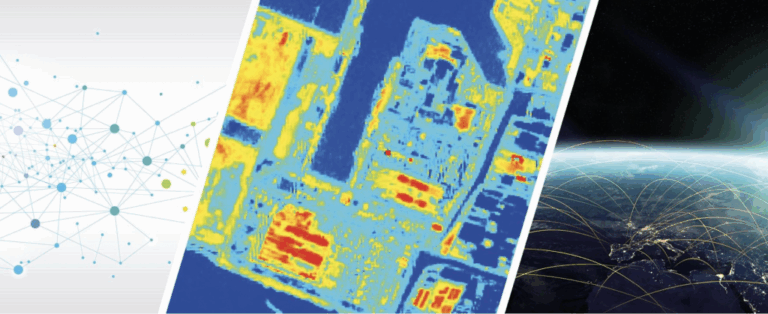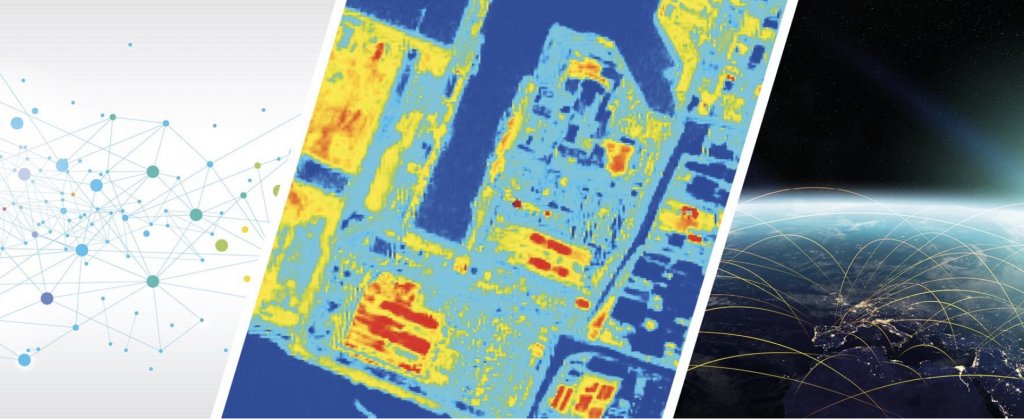Remote sensing, machine learning, and the future of measuring climate-related risk
Accurate asset-level data can dramatically enhance the ability of investors, regulators, governments, and civil society to measure and manage different forms of environmental risk, opportunity, and impact. Asset-level data is information about physical and non-physical assets tied to company ownership information.
Asset-level data resides in a wide range of different locations. It exists in current company disclosures to financial markets, regulators, and government agencies (in multiple jurisdictions and in different languages); in voluntary disclosures; in current proprietary and non-proprietary databases; in public and private research institutions; and in academic research. Despite this, it is often of very poor quality, in terms of both coverage and accuracy. As a result, the use of remote sensing to identify asset-level data can significantly improve our understanding of asset-level risks.
This report examines the potential role of remote sensing (and related technological developments such as machine learning) to secure better asset-level data and at higher refresh rates. In particular we focus on using remote sensing to identify the features and use of assets relevant to determining their greenhouse gas (GHG) emissions.
Abstract
Photovoltaic (PV) solar energy generating capacity has grown by 41 per cent per year since 20091. Energy system projections that mitigate climate change and aid universal energy access show a nearly ten-fold increase in PV solar energy generating capacity by 20402,3. Geospatial data describing the energy system are required to manage generation intermittency, mitigate climate change risks, and identify trade-offs with biodiversity, conservation and land protection priorities caused by the land-use and land-cover change necessary for PV deployment. Currently available inventories of solar generating capacity cannot fully address these needs1,2,3,4,5,6,7,8,9. Here we provide a global inventory of commercial-, industrial- and utility-scale PV installations (that is, PV generating stations in excess of 10 kilowatts nameplate capacity) by using a longitudinal corpus of remote sensing imagery, machine learning and a large cloud computation infrastructure. We locate and verify 68,661 facilities, an increase of 432 per cent (in number of facilities) on previously available asset-level data. With the help of a hand-labelled test set, we estimate global installed generating capacity to be 423 gigawatts (−75/+77 gigawatts) at the end of 2018. Enrichment of our dataset with estimates of facility installation date, historic land-cover classification and proximity to vulnerable areas allows us to show that most of the PV solar energy facilities are sited on cropland, followed by aridlands and grassland. Our inventory could aid PV delivery aligned with the Sustainable Development Goals.



